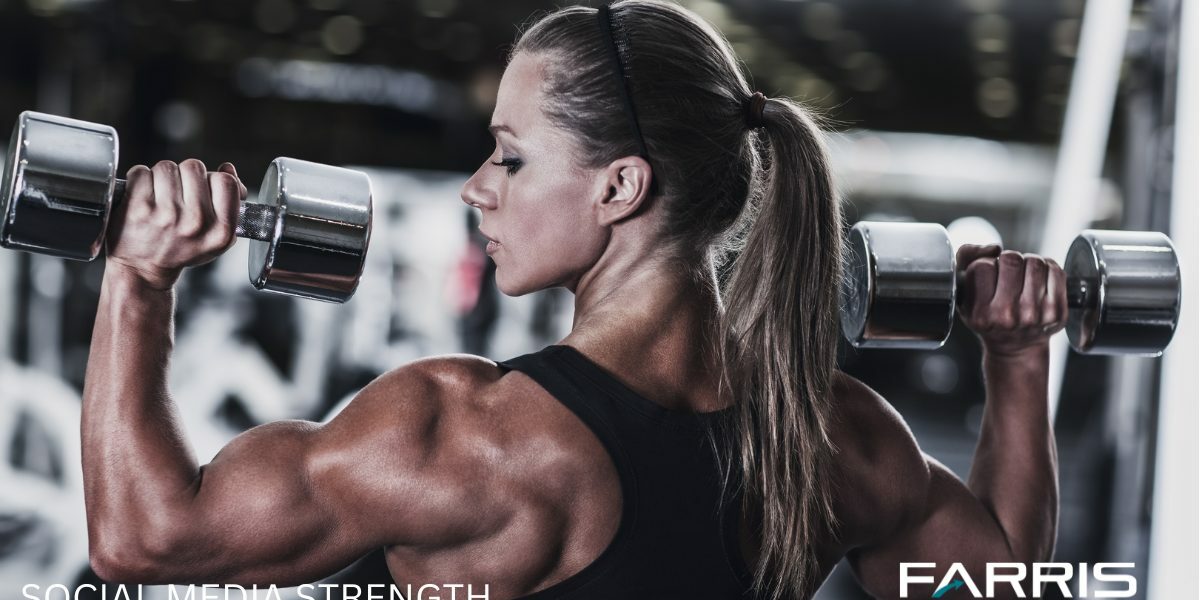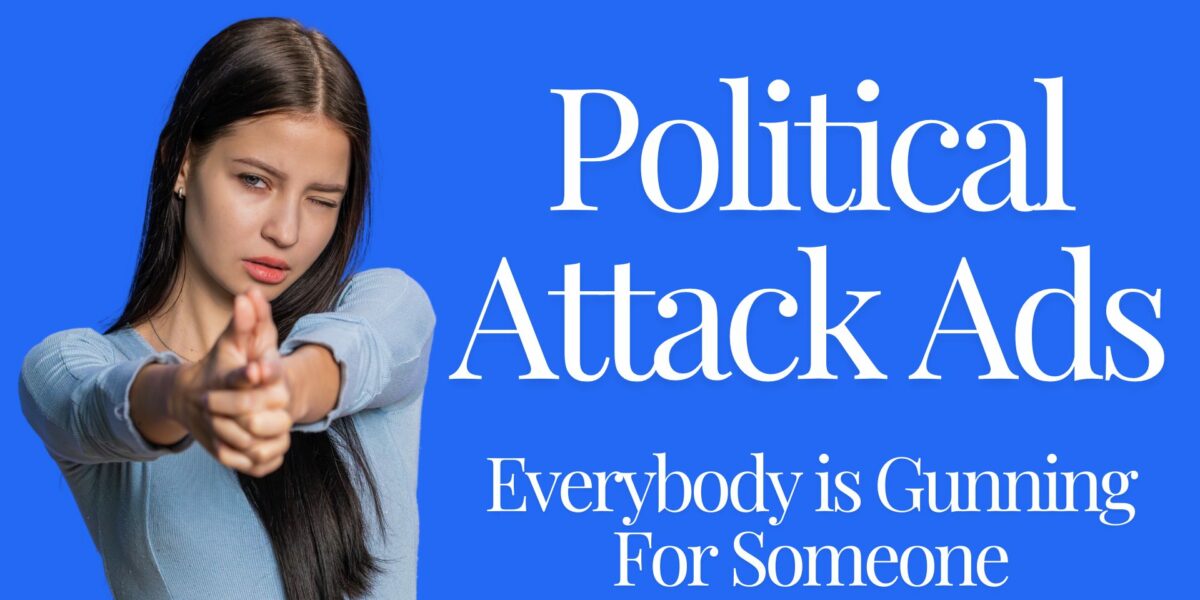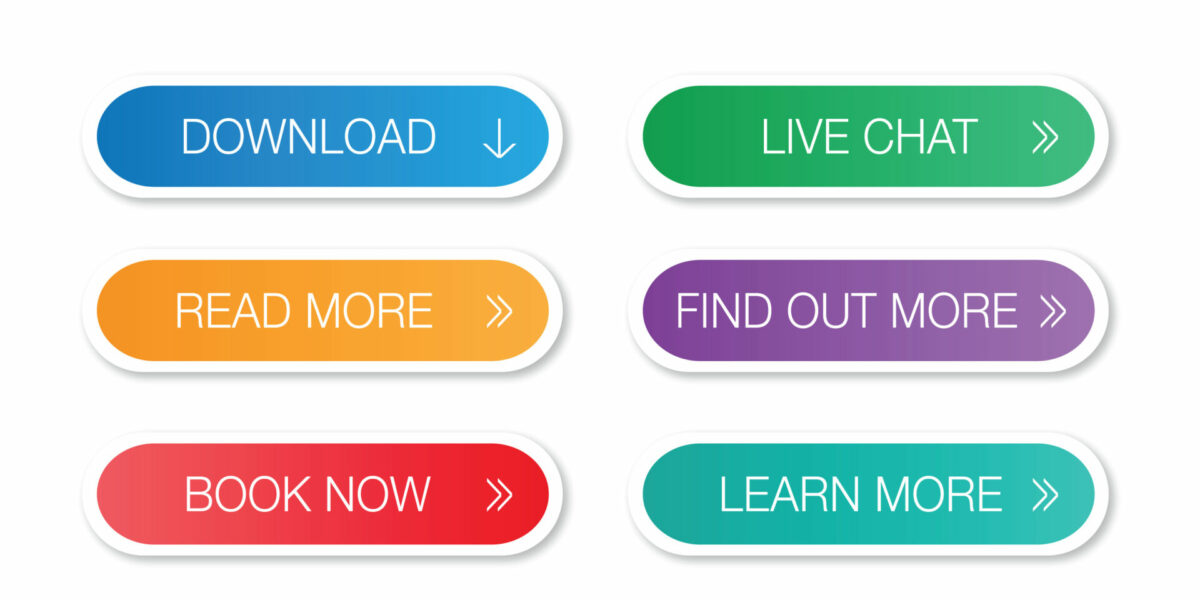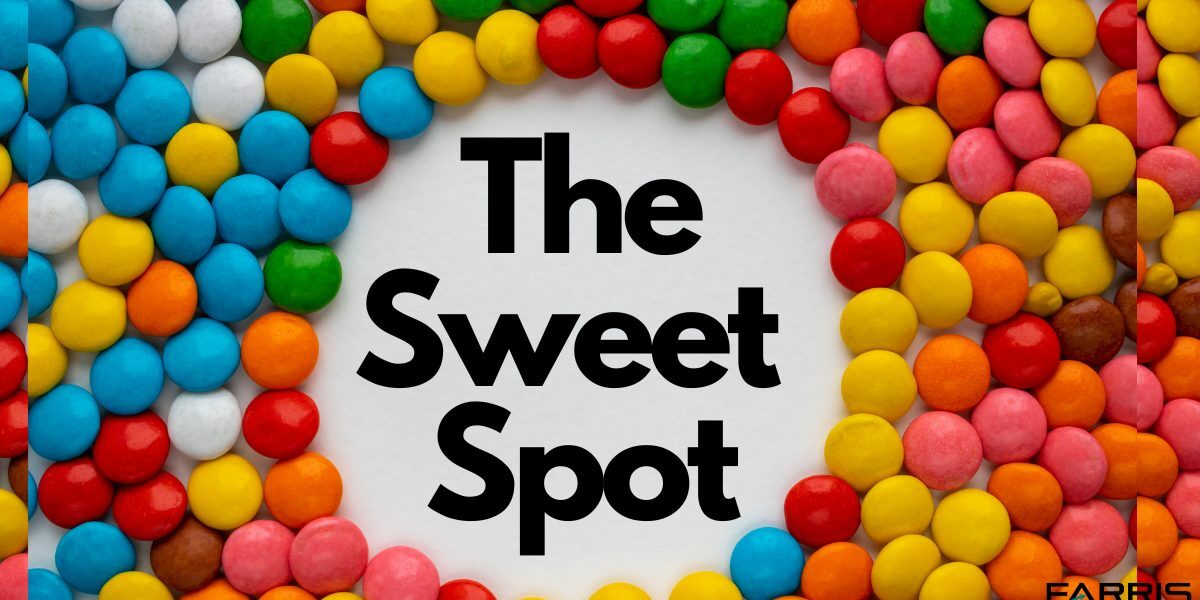Do you believe your company’s product is better than your competitor’s product? If so, do yourself a favor and don’t say that in your marketing.
Woah, relax! Don’t get your blood pressure up. Indignation will only lead to an increase in your health insurance rates, not your sales. Your belief that your product or service is a good thing, but being “better,” even if it is a fact, means very little to consumers.
DIFFERENT IS BETTER THAN BETTER
Claiming something is “better” is seen as a subjective personal opinion instead of fact. But differentiation makes it easier to see value in a product. It gives consumers a reason to buy a product for the first time and even change from a previously preferred brand. “Better” seems wide and wishy washy. “Different” is definable, tangible and specific.
There are many ways to differentiate your product or service. You have to choose the differentiator that (a) fits your product or service and (b) appeals to your prospective customer base. Choosing the right one will help you build a powerful brand and could dramatically improve sales.
Here are some differentiators to consider:
PRICING —Similar products priced lower than your competitor. The lowest price always catches attention.
EXPERTISE — Can you rightfully claim and prove you are an expert in a certain area? If expertise is important to those buying the product, it will sell more of that product.
FOCUS ON EXTRA SERVICES — While many pizza brands focus on taste and therefore seem similar, Domino’s Pizza provides differentiation through its home delivery and 30-minute guarantee.
POINT OF PURCHASE EXPERIENCE — Instead of merely selling teddy bears, The Build-A-Bear Workshop let’s children choose the bear type, clothing and accessories and builds the bear in front of you — and charge a substantial additional price for the experience.
MOST CONVENIENT — Being the most-convenient is most assuredly a differentiator. Stores that offer Door Dash or deliver of some sort, Amazon vs brick and mortar stores, Caravan vs conventional car lots.
TIE TO A CAUSE — TOM’s shoe brand took on the issue of children in need, by donating a pair of new shoes to a child for every pair of shoes purchased.
BE THE UNDERDOG — from Rocky to the kid who became a rock star despite all odds, people love underdogs. Positioning your product in that manner can differentiate it also.
BE SHOCKING — Canned water drink Liquid Death has a brand name that is shocking just sitting in the cooler next to Smart Water and Evian. But the brand name is not half as shocking as their commercials.
USE A MASCOT — GEICO insurance has built an amazing brand with the amazing brand awareness created with it’s mascot. Using an animated green gecko with an English accent and a sense of humor, the firm has has been a top brand for almost 25 years.
TOP RATED — Top rated is a great differentiator. It tells you that many people have tried the product and many people liked it — a lot. It also seems to prove — that’s right — it’s better than the competitor’s product.
TOP SELLING — Obviously, you can’t use this differentiator until you are already winning the game. But once you are, don’t hesitate to use the term. “Top Selling” adds value because it seems to imply many others are satisfied with the product.
If you want to sell more, don’t claim you are better. Claim you are different — and then show how you are different. ##













Comment